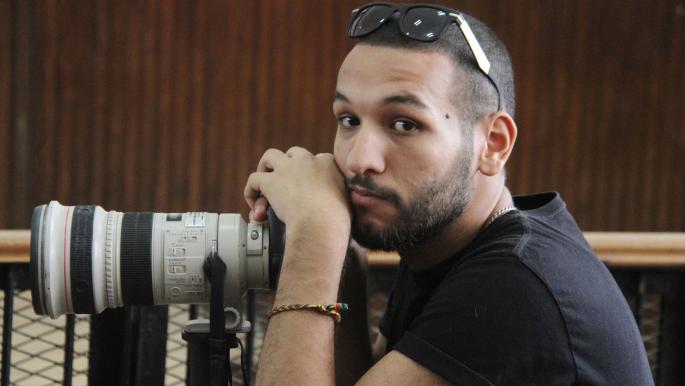For decades, famous Egyptian dramas embodied Upper Egypt as a den of drugs, the antiquities trade and unlicenced weapons. This presentation contains a large part of reality, which indicates that Upper Egypt has been absent for decades from the map of government development and development projects and is dominated by poverty, ignorance, drug abuse, and the absence of health services, as recognised by successive Egyptian governments.
Upper Egypt governorates top the ranking of the poorest governorates, according to official data. Assiut Governorate tops the list, with a poverty rate of 66.7 per cent, Sohag Governorate at 59.6 per cent, Luxor with 55.3 per cent, Minya 54 per cent, and Qena 41 per cent. A report issued by the Central Agency for Public Mobilisation and Statistics indicates that about 64 villages in the governorates of Assiut and Sohag have a poverty rate of between 80 and 100 per cent.
About 236 villages in Sohag suffer from poverty, accounting for 87 per cent of the governorate villages, with the highest percentages recorded among the 1,000 poorest villages in Egypt. The issue is not limited to poverty, but the governorates of Upper Egypt top the list of governorates with the most drug and smoking abuse, according to a study conducted by the Addiction and Abuse Treatment and Control Fund, the National Centre for Criminal and Social Research (governmental) and the General Secretariat for Mental Health.
According to the Minister of Social Solidarity Nevin Al-Qabbaj, the Al-Minya governorate came first in the smoking test sample, with 51.8 per cent of its population, followed by the Sohag Governorate with 47.4 per cent of the population. Sohag also ranked first in the list of governorates whose population consumes narcotic substances by 12.2 per cent. Regarding the reasons, Mustafa Abdel Khaleq, Vice President of Sohag University, says that the most important is the high level of poverty and illiteracy and the low cultural level of education and socialisation methods.
Upper Egypt’s governorates also top the list of villages deprived of basic education as dozens of them are completely deprived of any school. Upper Egypt also lacks specialised hospitals that are usually concentrated in Cairo and Alexandria, which pushes people from Upper Egypt to travel to the capital for treatment and medical examinations. Residents of Upper Egypt’s entire cities increased their complaints about the lack of hospitals that serve large cities and villages and their lack of basic services. During a House of Representatives session with Health Minister Hala Zayed last month, Upper Egypt deputies demanded attention be paid to hospitals in Upper Egypt governorates.
The Egyptian government says that it is paying special attention to Upper Egypt and its development after many years of neglect. It launched some national projects concerned with Upper Egypt, including the Upper Egypt Development Programme implemented by the Ministry of Local Development in partnership with the World Bank with investments amounting to about EGP 18 billion. The programme focuses on developing the governorates of Sohag and Qena, as they rank poorly in indicators of poverty and development rates.
The programme includes the construction of drinking water and sanitation stations, the construction and paving of roads between the villages and cities of Sohag and Qena, and other projects to cover canals, street lighting, and the provision of fire services. While the Upper Egypt Development Programme focuses on only two governorates, the government’s “Decent Life” project tries to develop about 1,400 Egyptian villages deprived of basic services in 20 governorates, most of them in Upper Egypt’s governorates. The initiative, which will continue until next year, includes the poorest villages in Egypt, where the poorest 143 villages were selected in the first year 2018/2019, and the poorest 232 villages in the second year 2019/2020.
In Beni Suef, one of the northern governorates of Upper Egypt, the Decent Life Project targets about one million citizens in 66 villages in Nasser and Biba’s centres. According to Beni Suef Governor Muhammad Hani Ghoneim, sanitation services reach only 13 villages out of the 66 villages within the initiative.
It is noticeable that government programmes to develop Upper Egypt governorates come after nearly half a century of neglect, which contributed to the increasing problems of Upper Egypt, which makes solving them difficult and requires more time, effort, money, and perseverance. Government programmes also cooperate with foreign bodies such as the World Bank, or within limited time and geographical programmes, and the degree of their continuation cannot be predicted until they include all governorates of Upper Egypt.





Recent Comments